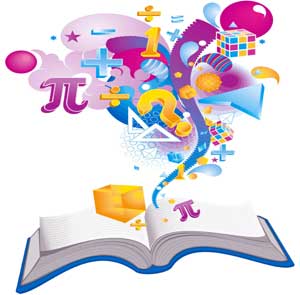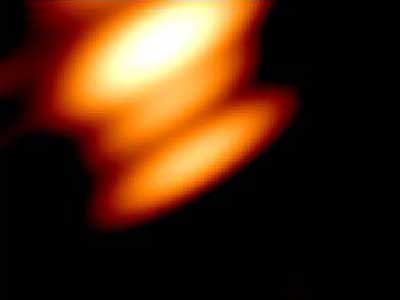In 1848, Louis Pasteur showed that molecules that are mirror images of each other had exactly opposite rotations of light. When these “left-handed” and “right-handed” molecules are mixed together in solution, however, they cancel the effects of the other, and no rotation of light is observed. Thus, “one minus one equals zero.”
Now, Northwestern’s Kenneth R. Poeppelmeier and his research team are the first to demonstrate that a mixture of mirror-image molecules crystallized in the solid state can be optically active. The scientists first designed and made the materials and then measured their optical properties.
The findings, published in the recent issue of journal Nature Materials, open up a promising area of materials research.
“In our case, one minus one does not always equal zero,” said first author Romain Gautier of CNRS. “This discovery will change scientists’ understanding of these molecules, and new applications could emerge from this observation.”
The property of rotating light, which has been known for more than two centuries to exist in many molecules, already has many applications in medicine, electronics, lasers and display devices.
“The phenomenon of optical activity can occur in a mixture of mirror-image molecules, and now we’ve measured it,” said Poeppelmeier, a Morrison Professor of Chemistry in the Weinberg College of Arts and Sciences. “This is an important experiment.”
Although this phenomenon has been predicted for a long time, no one -- until now -- had created such a racemic mixture (a combination of equal amounts of mirror-image molecules) and measured the optical activity.
“How do you deliberately create these materials?” Poeppelmeier said. “That’s what excites me as a chemist.” He and Gautier painstakingly designed the material, using one of four possible solid-state arrangements known to exhibit circular dichroism (the ability to absorb differently the “rotated” light).
Next, Richard P. Van Duyne, a Morrison Professor of Chemistry at Northwestern, and graduate student Jordan M. Klingsporn measured the material’s optical activity, finding that mirror-image molecules are active when arranged in specific orientations in the solid state.
The paper is titled “Optical Activity from Racemates.” Poeppelmeier, Gautier, Van Duyne and Klingsporn are the authors of the study.

















Related Items
Balanced population growth accelerated national development
Divisive Politics, A Hazard to National Interests…
Reading Lounge becomes centre of attraction in Maha Kumbh